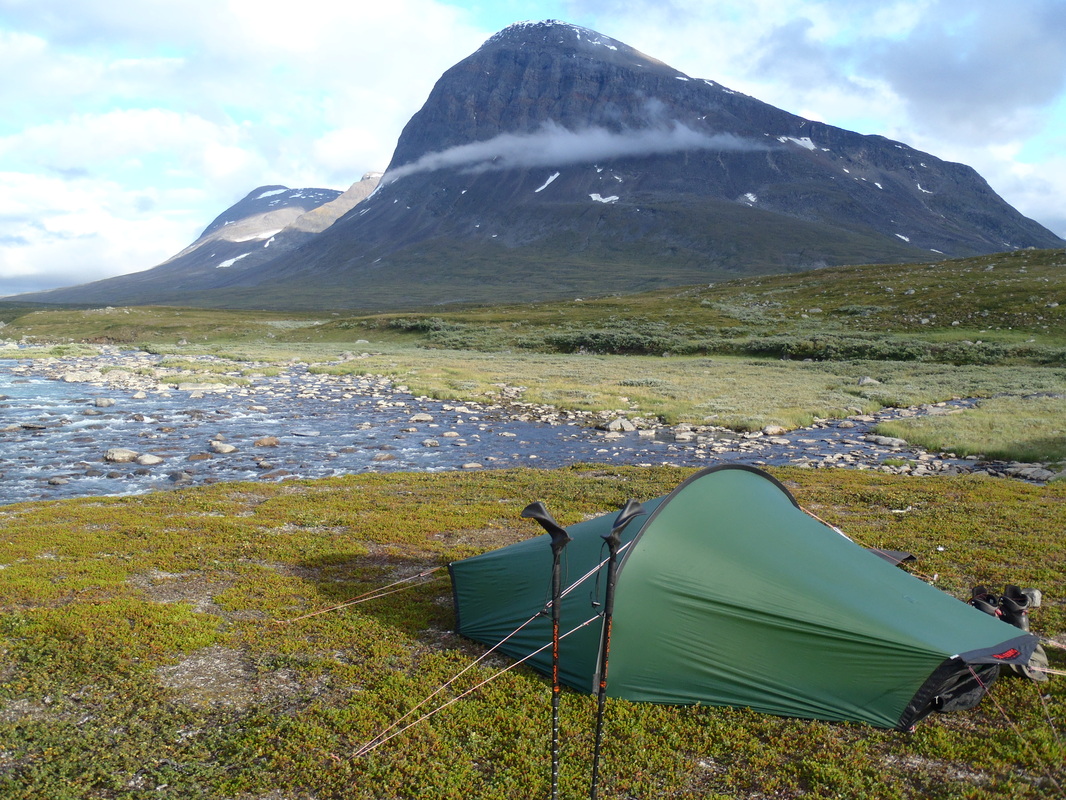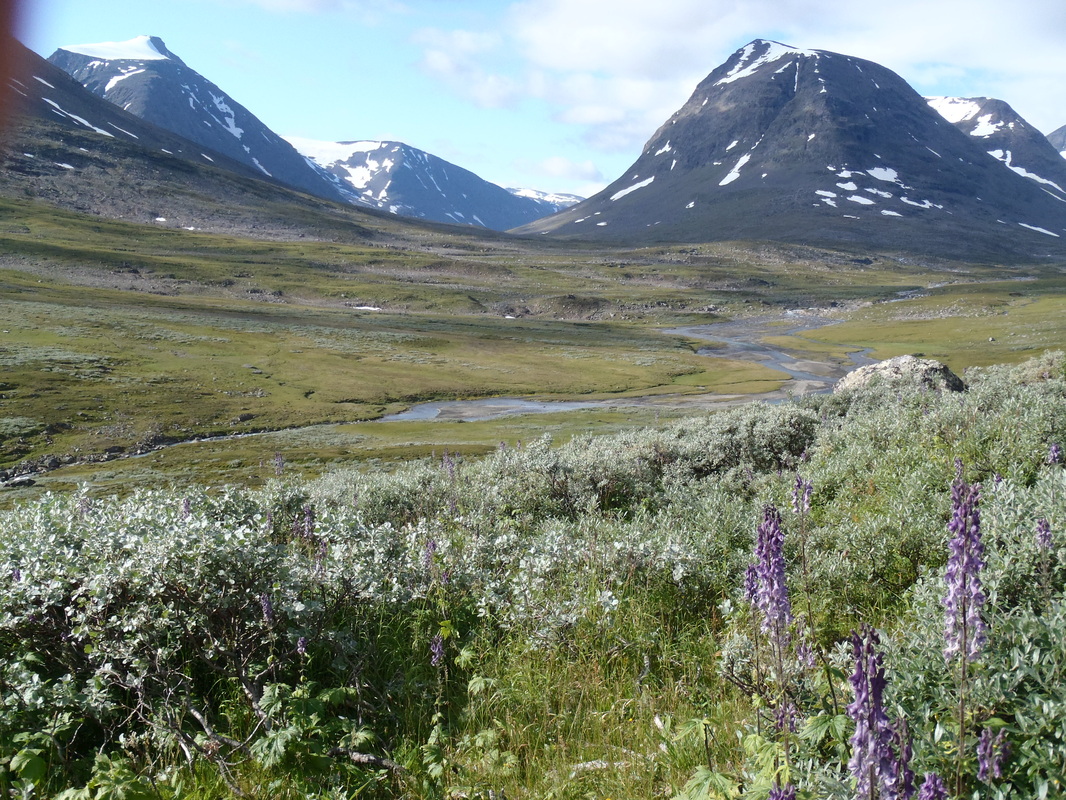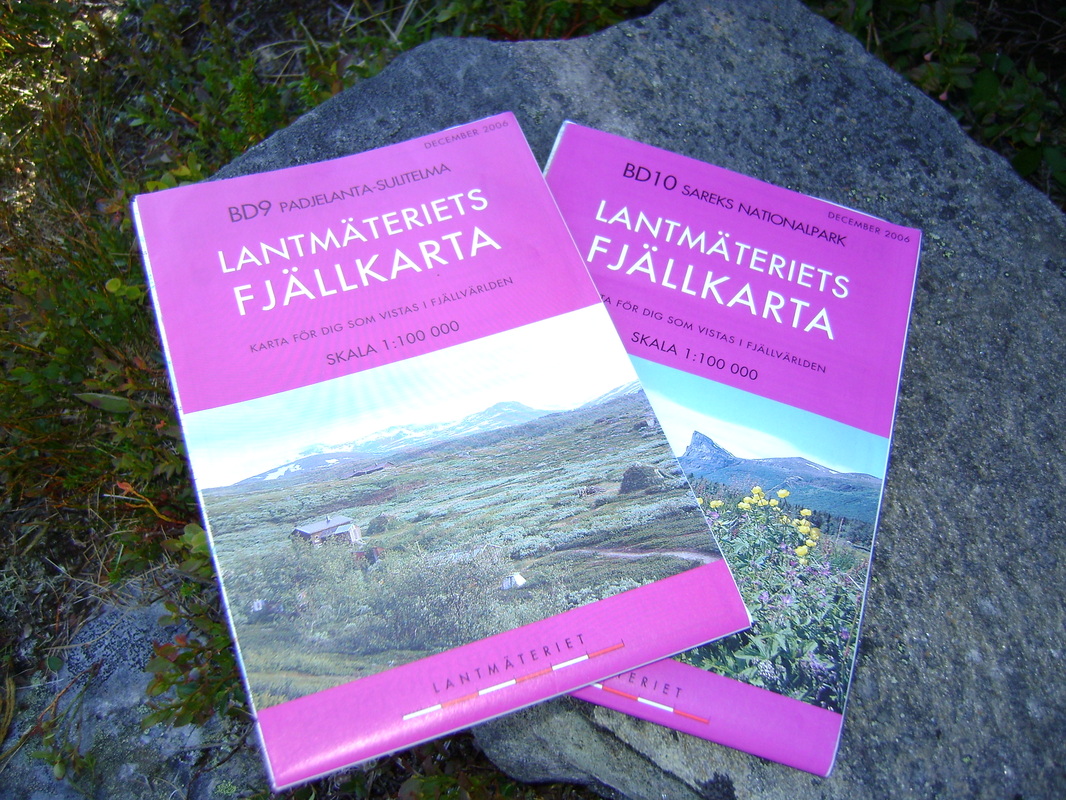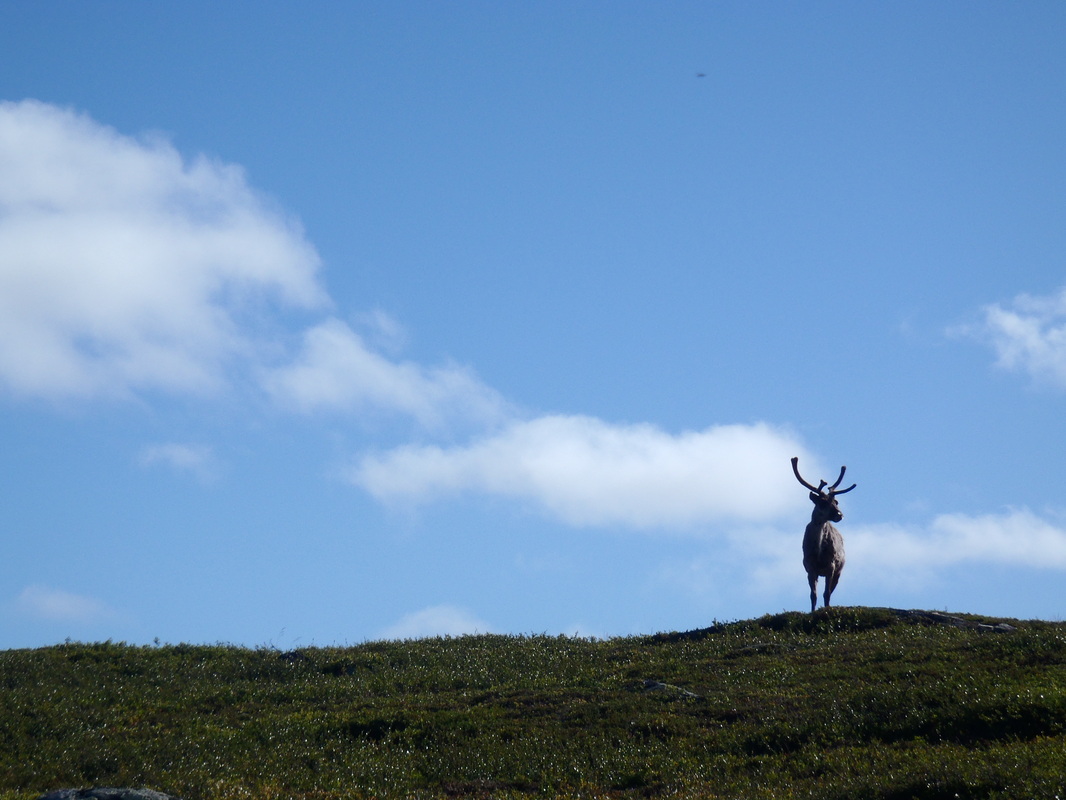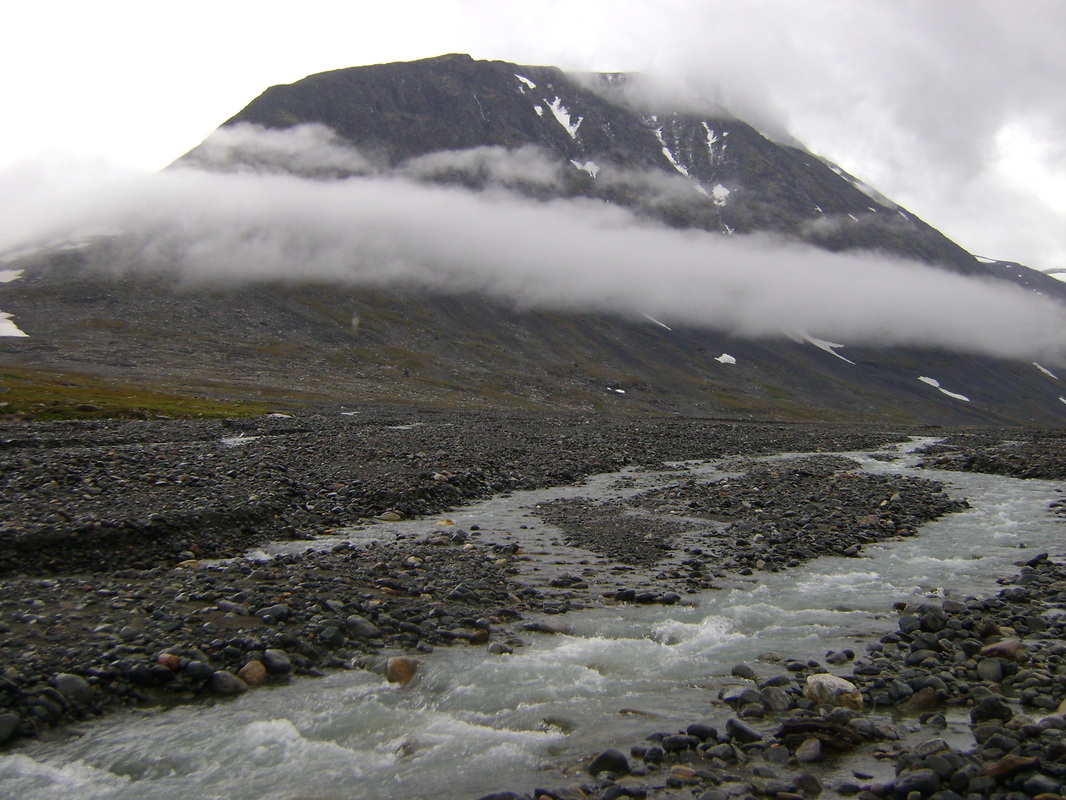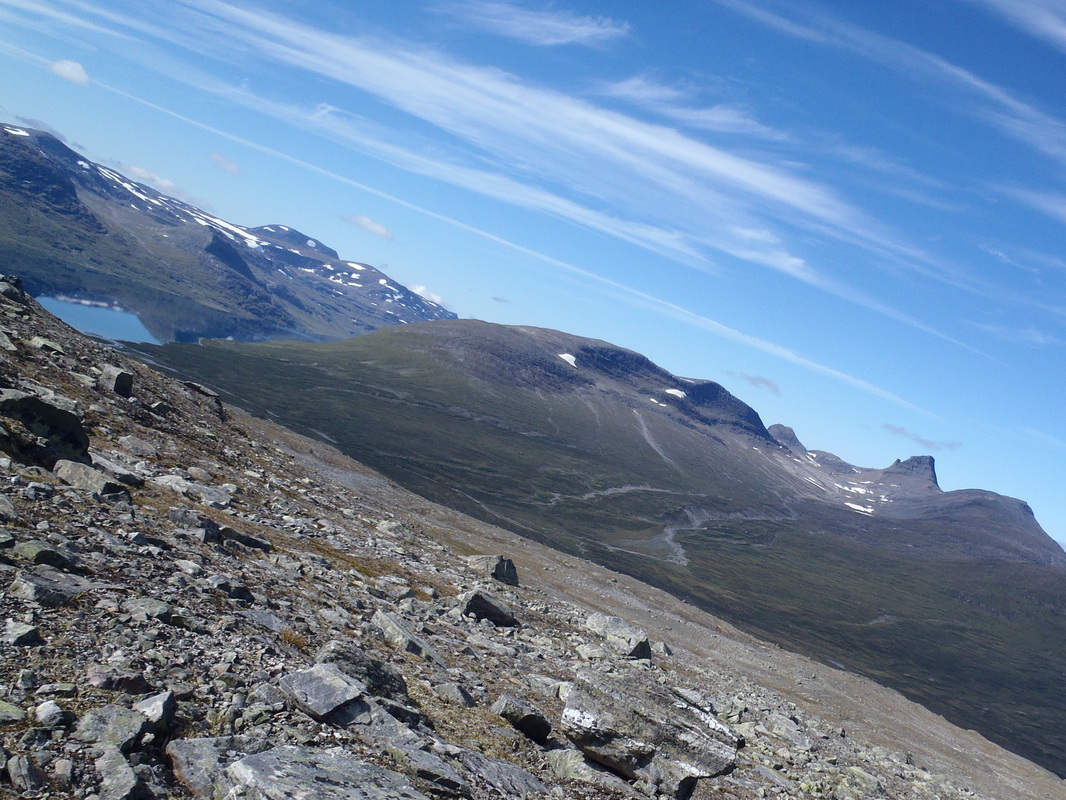Wilderness Walking In Northern Places
'there is nothing like a wilderness journey for rekindling the fires of life. Simplicity is part of it. Transportation reduced to leg - or arm - power, eating irons to one spoon. Such simplicity, together with sweat and silence, amplify the rhythms of any long journey, especially through unknown, untattered territory. And in the end such a journey can restore an understanding of how insignificant you are - and thereby set you free' (Colin Fletcher)

